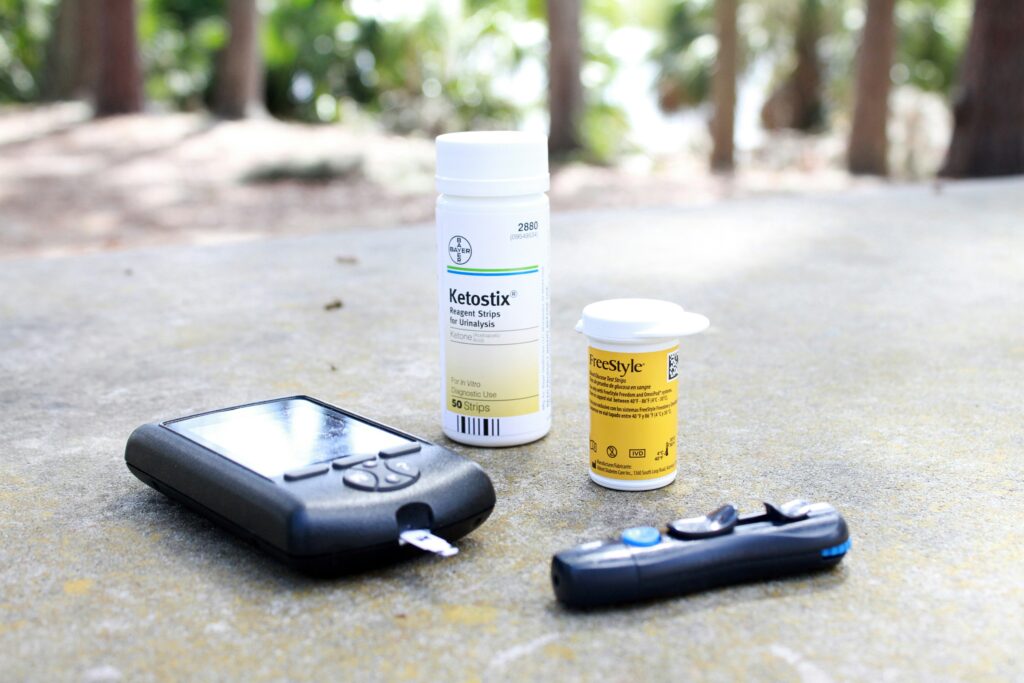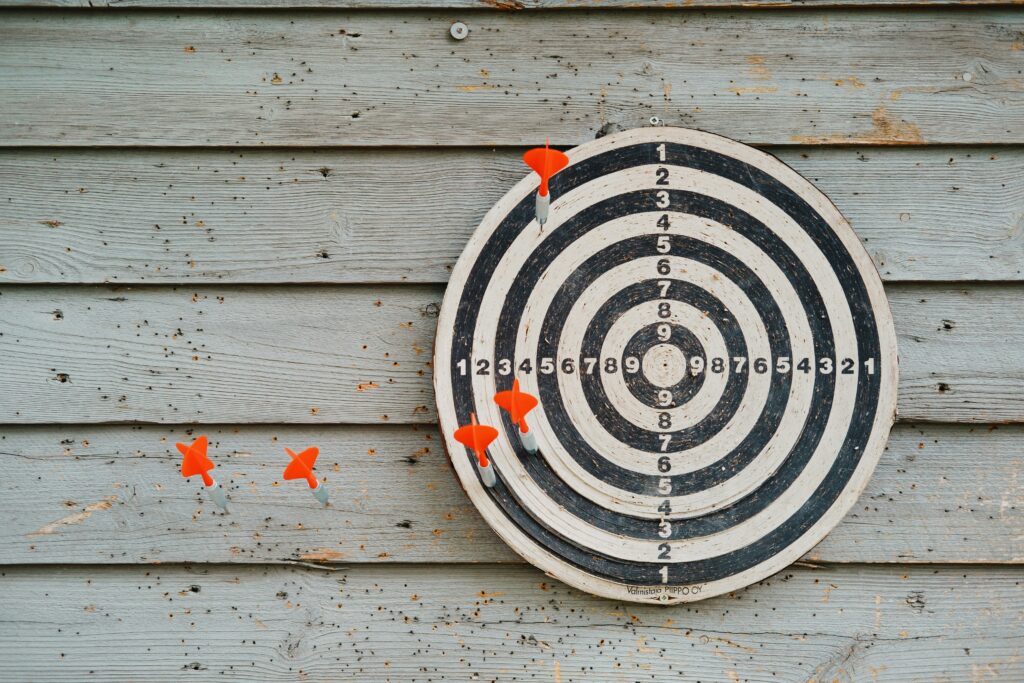How to Perform Performance Testing on a Game
Let’s dive into the fascinating world of performance testing for games and explore how we can ensure our game runs smoothly and efficiently. In “How to Perform Performance Testing on a Game,” we’ll uncover the essential steps and best practices that help us identify and fix performance bottlenecks. By setting up the right testing environment, choosing appropriate tools, and analyzing key metrics, we’ll learn how to deliver an optimal gaming experience that keeps our players immersed and satisfied. Join us as we embark on this journey to make our game the best it can be! Have you ever wondered how to perform performance testing on a game? Performance testing is crucial to ensure that a game runs smoothly for all players, providing an enjoyable and immersive experience. There’s a lot that goes into making sure everything works seamlessly, from frame rates to load times, and even how the game handles under stress. Buckle up as we dive into the intricate world of performance testing for games!

What is Performance Testing?
Performance testing is a type of testing conducted to evaluate the speed, responsiveness, and stability of a game under various conditions. It ensures that the game meets the performance standards required for a seamless player experience.
Why is Performance Testing Important?
Performance testing is essential because any hiccup, lag, or delay can result in a negative experience for players. Poor performance can lead to bad reviews, reduced player engagement, and ultimately, a decrease in revenue. Ensuring smooth performance helps in:
- Retaining Players: A flawless gaming experience keeps players engaged and returning.
- Boosting Reviews: Satisfied players are more likely to leave positive reviews.
- Enhancing Reputation: High-quality games build trust and a strong reputation.
Types of Performance Testing
There are several types of performance testing that we should perform to ensure that every aspect of the game is covered. Let’s break them down:
- Load Testing: Measures the game’s capability to handle the expected load.
- Stress Testing: Determines how the game performs under extreme conditions.
- Scalability Testing: Checks game performance when scaled up or down.
- Endurance Testing: Ensures prolonged performance over extended periods.
- Spike Testing: Assesses game behavior under sudden heavy load spikes.
Setting Up a Performance Testing Environment
A well-prepared testing environment is crucial for accurate performance testing. Let’s look at the steps involved:
Hardware Specifications
Having the right hardware is fundamental. We need to consider different configurations to simulate various user experiences:
| Component | Minimum Specification | Recommended Specification |
|---|---|---|
| CPU | Intel i5 / AMD Ryzen 5 | Intel i7 / AMD Ryzen 7 |
| GPU | NVIDIA GTX 1050 / AMD RX 560 | NVIDIA RTX 2070 / AMD RX 5700 |
| Memory | 8GB RAM | 16GB RAM |
| Storage | HDD | SSD |
Software Tools
Various tools can help in performance testing for games. Some popular ones include:
- FRAPS: Measures frame rate in real-time.
- MSI Afterburner: Monitors GPU and CPU temperatures and usage.
- GameBench: Provides real-time performance monitoring.
- Load Testing Tools: Apache JMeter, LoadRunner.
Network Configuration
Network conditions can significantly impact performance. We should test under different network conditions, such as:
- Broadband
- Mobile Networks (3G/4G/5G)
- Wi-Fi

Conducting Load Testing
Load testing involves simulating the expected number of concurrent users to evaluate how the game performs under normal conditions. Here’s how we can conduct load testing:
Define the Load Test Scenarios
First, we need to define the scenarios we want to test. For example:
- Startup & Login: Testing the time taken to load the game and log in.
- Gameplay: Assessing performance during typical gameplay sessions.
- In-Game Purchases: Evaluating the responsiveness of in-game transactions.
Simulate the Load
Using load testing tools, simulate the number of concurrent users performing these scenarios. Tools like Apache JMeter can be configured to emulate multiple users and generate detailed reports.
Analyze Results
Check the metrics like response times, throughput, and error rates. Identify any performance bottlenecks and areas for improvement.
Performing Stress Testing
Stress testing pushes the game to its limits to see how it behaves under extreme conditions. Here’s our approach:
Identify Stress Points
Determine the points where the game is likely to fail. Common stress points include:
- Server Load: High levels of user concurrency.
- Graphics Processing: High graphical settings.
- Network Stress: Slow or unstable network connections.
Execute the Stress Test
Increase the load gradually until the game starts to stress. Monitor the impact on game performance and look for signs of failure such as crashes or severe lag.
Evaluate Performance Degradation
Examine how the game degrades under stress. This helps in understanding the threshold beyond which the game cannot handle additional load.

Testing for Scalability
Scalability testing ensures that the game can handle additional load without performance degradation. It involves:
Scale-Up Testing
Increase the game resources (servers, CPU, memory) to see if the performance improves proportionally.
Scale-Down Testing
Reduce the game resources to check how it adapts to reduced capabilities.
Comparative Analysis
Compare the results from scale-up and scale-down testing to ensure that the game scales efficiently.
Conducting Endurance Testing
Endurance testing, also known as soak testing, ensures game performance over long periods. Here’s how we can do it:
Define Duration
Set a significant period for testing, such as 24-48 hours of continuous gameplay.
Monitor Resource Utilization
Observe CPU, memory, and network usage over the testing period to ensure no memory leaks or resource exhaustion.
Look for Degradation
Check for any performance degradation over time, such as increased loading times or reduced frame rates.
Spike Testing Process
Spike testing evaluates game performance under sudden spikes of load. Here’s our methodology:
Create Spike Scenarios
Define scenarios that would cause sudden load spikes, like in-game events or promotions.
Simulate Load Spikes
Use load testing tools to simulate sudden increases in concurrent users.
Analyze Impact
Observe how the game performs under these sudden spikes and identify any potential issues.
Identifying and Resolving Performance Issues
Once we’ve collected all the test data, we need to analyze it and resolve any performance issues. Here’s how:
Data Collection and Analysis
Gather data from all performance tests and analyze it for patterns and anomalies. Look for:
- High Latency: Delays in response times.
- Resource Bottlenecks: High CPU/GPU utilization.
- Memory Leaks: Gradual increase in memory usage over time.
Prioritizing Issues
Not all performance issues have the same impact. Prioritize them based on severity and gameplay impact.
Implement Fixes and Optimizations
Work with the development team to implement necessary fixes. This might include:
- Code Optimization: Improving or refactoring inefficient code.
- Resource Management: Optimizing asset loading and memory usage.
- Server Scaling: Adjusting server resources based on load patterns.
Re-test
After applying fixes, re-run the tests to ensure that the issues have been resolved and no new issues have been introduced.
Tools and Techniques for Automated Performance Testing
Automation can significantly streamline the performance testing process. Let’s look at some tools and techniques for automating performance testing:
Automated Testing Frameworks
Frameworks like Selenium WebDriver and Appium can be used for automating load generation and performance monitoring.
Scripted Load Generation
Tools like JMeter allow us to create scripts that simulate various user interactions, which can be replayed to generate load automatically.
Continuous Integration (CI) Systems
Integrate performance tests into CI pipelines using tools like Jenkins or Travis CI. This ensures that performance testing is an ongoing process and not just a one-time activity.
Best Practices for Performance Testing
Employing best practices ensures that performance testing is effective and thorough. Here are some that we should follow:
Early and Continuous Testing
Start performance testing early in the development cycle and perform it continuously. This helps in identifying and resolving issues promptly.
Realistic Scenarios
Use realistic scenarios that mimic actual user behavior. This ensures that the test results are relevant and actionable.
Comprehensive Metrics
Monitor a wide range of metrics, including frame rates, load times, response times, and resource utilization. This provides a holistic view of the game performance.
Regularly Update Test Cases
To keep tests relevant, regularly update test cases to include new features and game mechanics.
Collaboration with Development Team
Work closely with developers to understand potential performance bottlenecks and enable quicker resolution.
Conclusion
Performance testing is a critical aspect of game development that ensures a smooth and enjoyable experience for players. By conducting various types of performance tests, setting up a robust testing environment, and following best practices, we can identify and fix performance issues effectively. Remember, a well-performing game not only retains players but also enhances reputation and boosts revenue. So, let’s dive in and make our game the best it can be. Happy testing!



